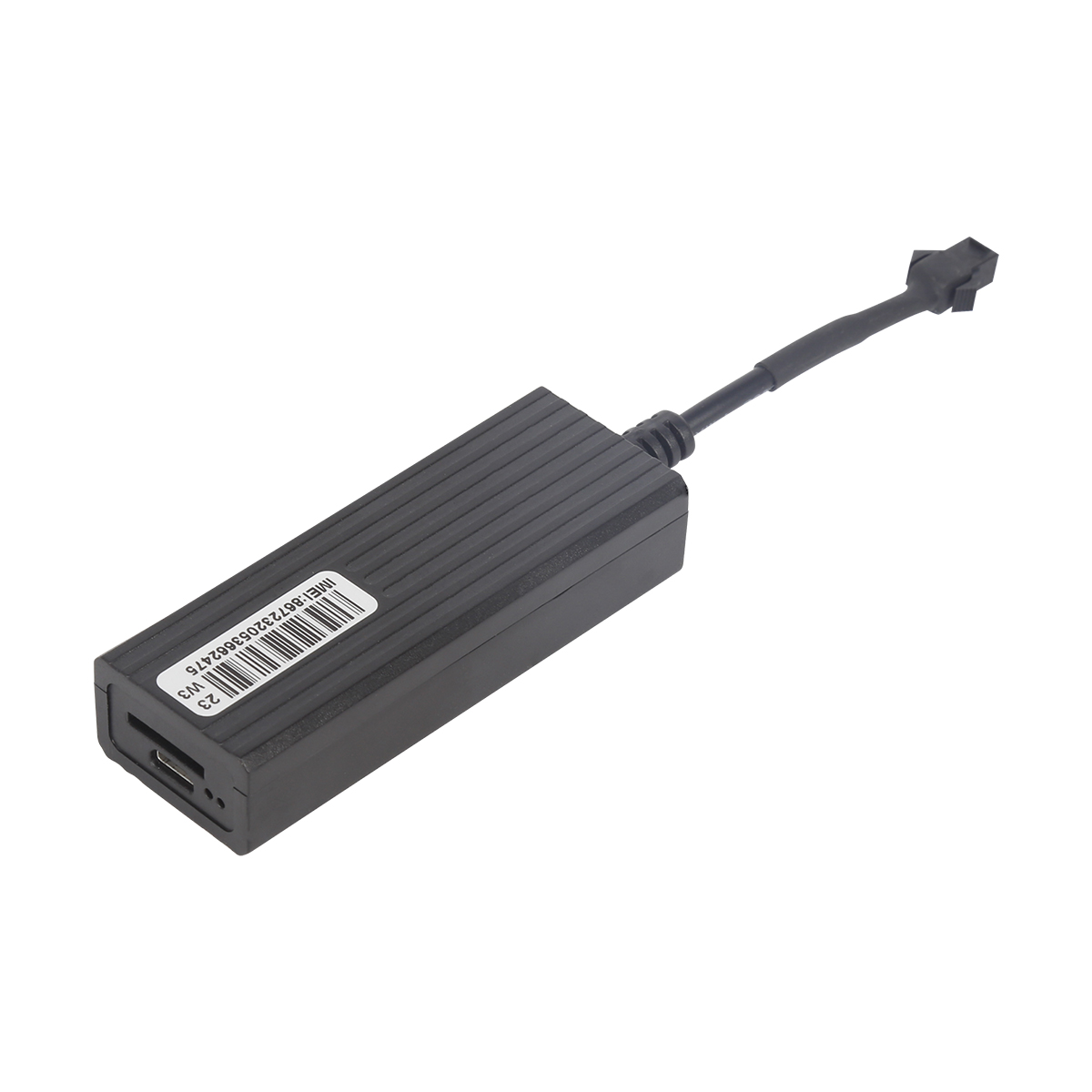source:truck tracking webfleet solutions release time:2023-09-04 Hits: Popular:realtime gps tracker online

The GPS satellite was developed by the Space Department of Rockefeller International, with a weight of 774kg and a lifespan of 7 years. The satellite adopts a honeycomb structure, with a cylindrical main body and a diameter of 1.5m. The satellite is equipped with two dual leaf solar panels (BLOCK I) on both sides, with a total length of 5.33 meters and a sunlight receiving area of 7.2m2. The solar orientation system controls the rotation of the two wing battery panels to keep the panels aligned with the sun, continuously providing power to the satellite, and charging three sets of 15Ah cadmium nickel batteries to ensure that the satellite can operate normally in the shadow of the Earth. A multi beam directional antenna with 12 units is installed at the bottom of the star, which can transmit signals in two L-bands (19cm and 24cm waves) with an angle of approximately 30 degrees. Omnidirectional telemetry and remote control antennas are installed on both ends of the star for communication with the ground monitoring network. In addition, the satellite is equipped with an attitude control system and an orbit control system to maintain the satellite at an appropriate altitude and angle, accurately aligning with the visible ground of the satellite.
According to the working principle of the GPS system, the higher the accuracy of the onboard clock, the higher its positioning accuracy. Early experimental satellites used a quartz oscillator developed by Hopkins University, with a relative frequency stability of 10? 11/second. The error is 14 meters. After 1974, GPS satellites adopted rubidium atomic clocks with a relative frequency stability of 10? 12/s, error of 8m. In 1977, the BOKCK II model adopted a cesium atomic clock developed by Mars Frequency and Time Systems, and its relatively stable frequency reached 10? 13/second, the error is reduced to 2.9m. In 1981, Hughes developed a relatively stable frequency of 10? The 14/second hydrogen atomic clock results in an error of only 1m for the BLOCK IIR satellite.
Read recommendations:
Xiaobian Xiaobian tells you the role of the truck installation of the Beidou positioning system.plug
Last article:Principles of GPS System.Cantrack TK100
Next article:GPS reset did not have a substantial impact on car GPS locators
Related Information
4G GPS Tracker for vehicles company
2023-04-234G GPS Tracker Vendor
2023-04-23mini gps tracker
2023-04-11vehicle gps tracker
2023-04-11gps tracker app
2023-04-11cat gps tracker custom
2023-04-11real-time gps tracking Production
2023-04-23simple gps tracking supplier
2023-04-23Gps speed limiter Vendor
2023-04-23fleet gps tracking supplier
2023-04-23G900LS J16-4G Car GPS Tracker
2023-10-06NB20 -4G Bluetooth Smart Pet Tracker
2022-06-21P60L Personal gps tracker
2022-06-21G07L 4G GPS Tracker
2022-09-06TK08A Motorcycle GPS Tracker
2022-06-20Areas of gps tracker application
2022-07-18GPS pseudo -distance measurement introduction.car gps tracker supplier
2023-04-19The next -generation satellite positioning system is composed of 70 to 90 satellites in 2014
2023-02-03GPS application range.gps tracker app Processing
2023-05-25GPS navigation satellite has a high-precision atomic clock for time service
2022-11-25GPS Function Introduction
2022-11-02How to realize the function of GPS monitoring system?
2022-12-12Second generation satellite navigation system in the United States.4G GPS Tracker for vehicles manuf
2023-08-19Everyone analyzes the concerns of buying a car GPS.gps tracker for trailer distributors
2023-05-09What are GPS satellite tracks?
2022-10-26GPS promotion direction.fleet gps trackers Processing
2023-07-03GPS Navigation Solver
2022-09-06GPS knowledge base: what is RTK technology
2022-12-02Car GPS Global Positioning System
2023-02-09The GPS positioner on the electric car is installed to allow the city's traffic safety and intellige
2023-03-11